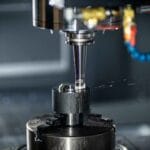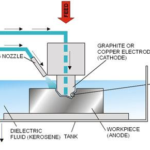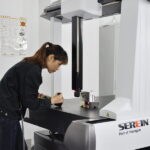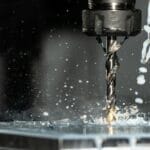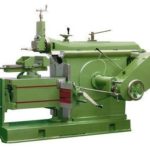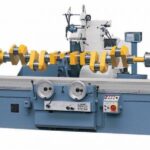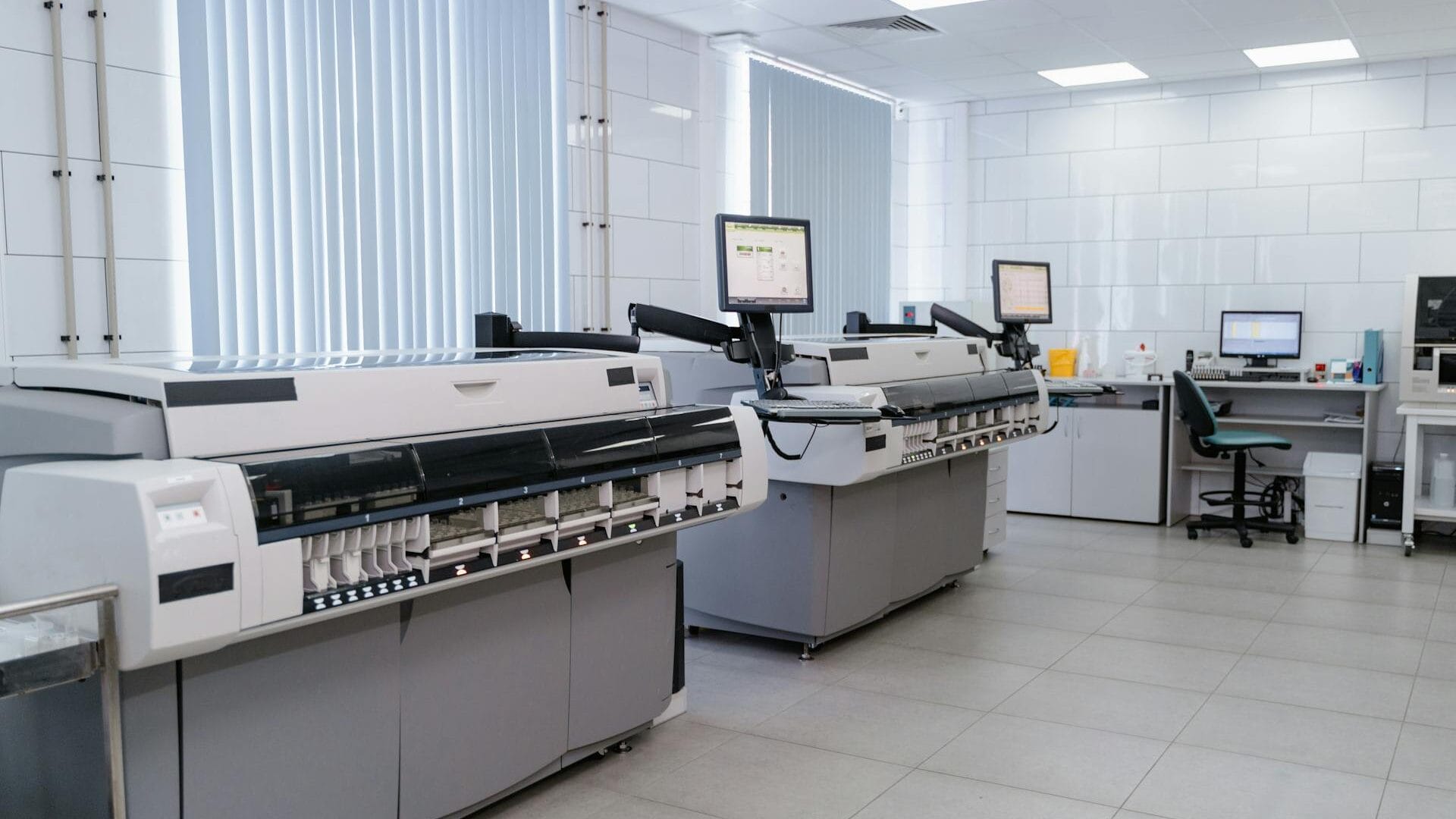
Ever wondered what’s really happening inside that office workhorse sitting in the corner? You know, the one that somehow manages to print, scan, copy, and fax without completely losing its mind. Turns out, there’s some pretty fascinating engineering going on under the hood.
The thing is, most people think of printers as basically fancy typewriters that got out of hand. But modern office multifunction printers are actually mechanical marvels packed with more moving parts than you might expect.
The Paper Path Dance
Picture this: you hit print, and suddenly your document needs to travel through what’s essentially a precision obstacle course. The paper pickup mechanism alone is a small engineering feat. It uses a combination of rollers, separation pads, and carefully calibrated friction to grab exactly one sheet at a time.
This part’s a bit tricky, but here’s what’s actually happening. The pickup roller has just the right amount of grip to pull paper forward, while the separation pad underneath creates enough resistance to prevent multiple sheets from sticking together. Too much grip and you get jams. Too little and nothing moves. It’s like a mechanical balancing act happening hundreds of times a day.
Heat, Pressure, and Perfect Timing
Now comes the really interesting bit. In laser-based systems, there’s this thing called a fuser unit that’s basically doing controlled burning without actually setting anything on fire. The toner particles get heated to around 200 degrees Celsius and pressed into the paper under significant pressure.
The timing here is absolutely critical. Too fast and the toner doesn’t stick properly. Too slow and you might actually scorch the paper. Modern machines monitor temperature constantly and adjust speed based on paper thickness, humidity, and even how long the machine’s been running.
The Drum Dance
The photosensitive drum is where things get almost magical. This cylinder gets an electrostatic charge, then a laser beam draws your document onto it by selectively removing that charge. Toner particles stick to the discharged areas, creating an exact replica of what you want printed.
The whole process happens in reverse of what you’d expect. The laser doesn’t add anything to the drum. Instead, it takes away the charge where you want the image to appear.
When One Machine Does Everything
Here’s where modern office multifunction printers get really complex. They’re essentially four different machines sharing the same brain and paper path. The scanning mechanism uses a completely different set of principles, with light sensors that can distinguish between thousands of shades of color or gray.
The scanning head moves across your document with mechanical precision, capturing data line by line. Meanwhile, the same machine needs to be ready to switch modes instantly when someone walks up and wants to make a copy.
Motors, Sensors, and Split-Second Decisions
Actually, the number of sensors in a typical multifunction unit would surprise you. There are sensors monitoring paper position, door status, toner levels, temperature, drum condition, and dozens of other variables. All of this information flows to a central processor that’s constantly making tiny adjustments to keep everything running smoothly.
The motor control systems are particularly clever. Different functions need different speeds, and the machine needs to ramp up and down smoothly to prevent mechanical stress and maintain print quality.
Why This All Matters
Look, understanding these mechanical principles isn’t just academic curiosity. When you know how these systems work, you make better decisions about placement, maintenance, and realistic expectations for your equipment.
The engineering that goes into modern office equipment is genuinely impressive. These machines handle thousands of pages, multiple users, and constant mode switching while maintaining consistent quality. That’s no small mechanical achievement.
Next time you’re standing there waiting for your print job, take a moment to appreciate the intricate mechanical ballet happening inside. It’s pretty remarkable when you think about it.

